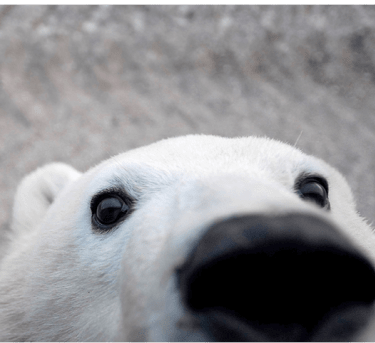This is surprising since, after all, global temperatures have risen by over 0.3°C just since the year 2012. Recently, scientists have even voiced concerns that global warming is accelerating as humans continue to emit carbon while simultaneously cleaning up sun-reflecting particles from air pollution.
Now, in a new study, researchers have established that such a slowdown in sea ice loss in a warming climate is unusual but not dramatically so. Using computer models, they calculated that the chance to see such a slowdown is about 20% and show that it can happen naturally due to the variations in the climate system that occur on top of the long-term trend. They even say that in some of their model simulations such slowdowns can persist for 20 years. Unfortunately, the longer the slowdowns, the steeper the sea ice decline when the natural climate variations eventually flip direction. The study is very clear that this is not a sign that climate change has stopped.
Natural or “internal” climate variations occur all the time and are well-studied. Sometimes the variations combine with climate change to accelerate or slow the decline in Arctic sea ice, but they don’t have the power to reverse it. Such variations are akin to the daily weather we experience, which acts on top of slower changes such as the season. For example, if you’re lucky this year, you still get to experience a nice summer-like day in October even as you would expect the weather to be fall-like. At the same time, you know that winter is inevitable.
Among several possible reasons for the current slowdown, the researchers suggest that ocean currents that normally transport warm water into the Arctic happened to be weaker during the last decade, temporarily offsetting some of the ice loss from rising air temperatures.
The reprieve in ice loss is only a small piece of good news for polar bears that depend on sea ice as their habitat. Sea ice has also been thinning continuously, making ice — even if it’s there — less ideal for bears to walk on. Ultimately, unless humans stop emitting carbon, the world will continue to warm and eventually melt all Arctic sea ice, thereby endangering the animals and communities dependent on it.


















